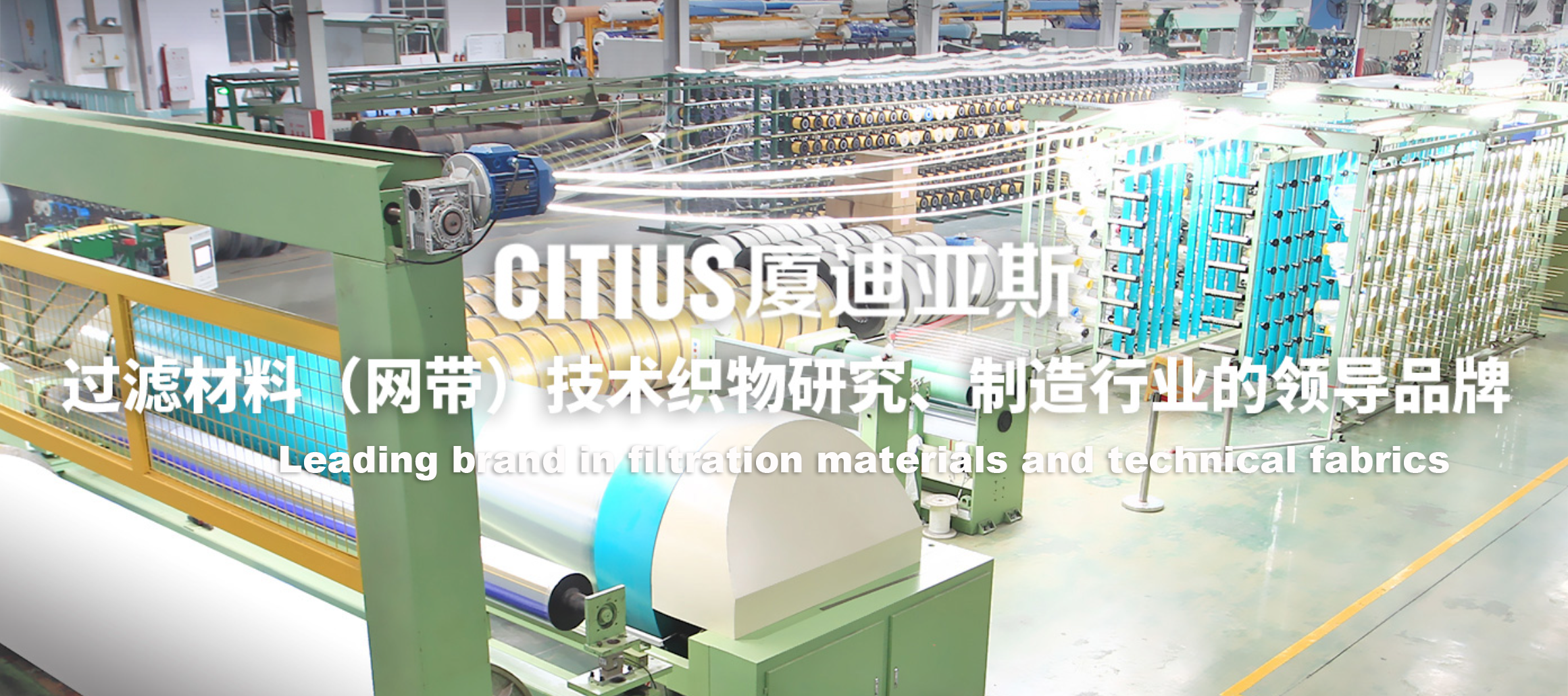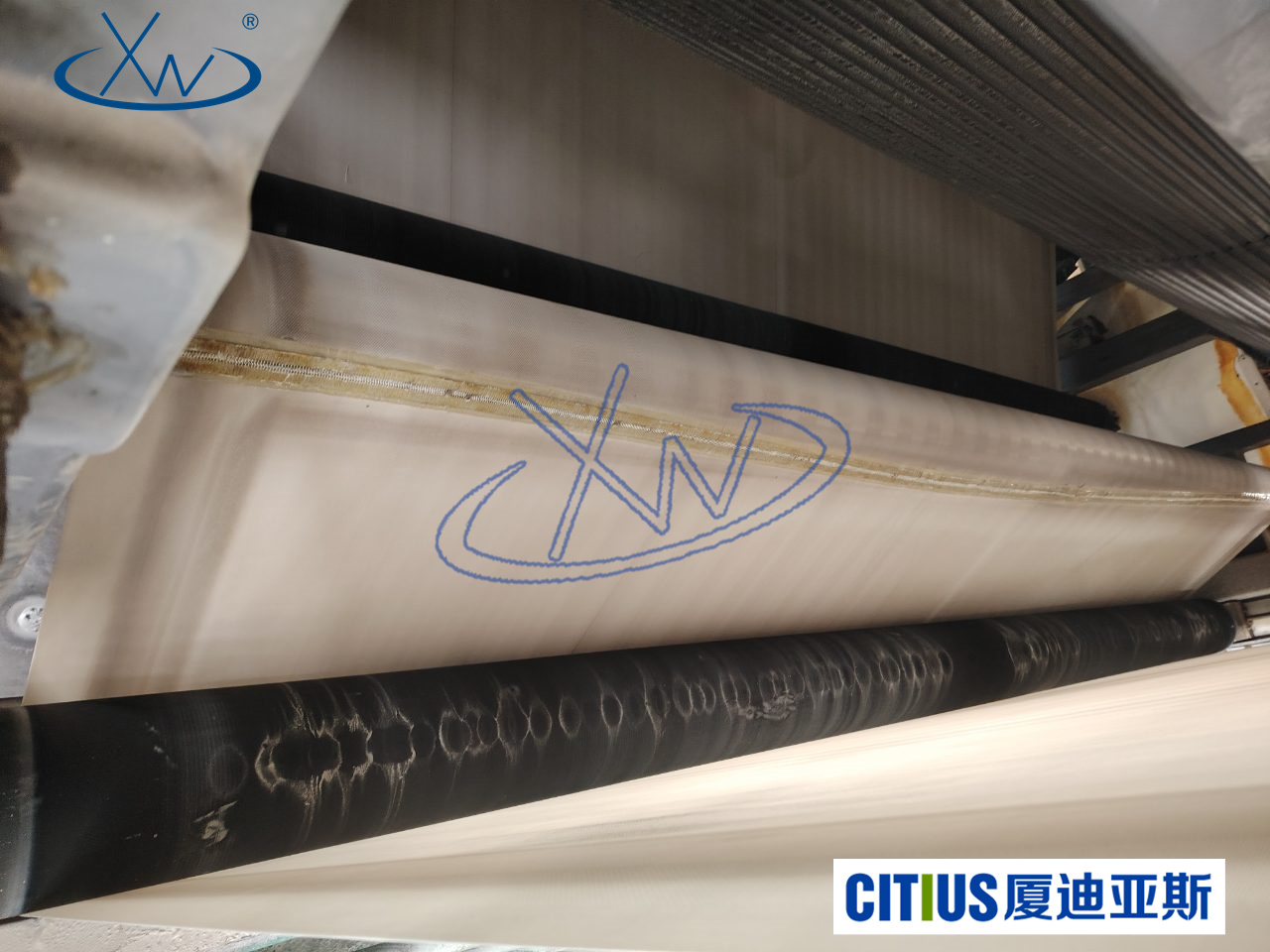Preventive Analysis of Industrial Filter Cloth Clogging! How to Avoid Filter Cloth Clogging!
Release time:
2025-04-21
In solid-liquid separation, filter cloth, as a key filtration medium, its performance stability directly determines the filtration efficiency, filtrate quality, and continuous operation of the equipment. However, in actual production, filter cloth clogging is a common and unavoidable problem, often leading to decreased filtration rate, inability to remove filter cake, shortened filter cloth life, and even affecting the overall economic efficiency and safety of the system. This article starts with the causes of clogging, combined with preventive analysis methods, to propose a systematic filter cloth clogging prevention strategy, providing a reference for the efficient operation of industrial filtration systems. I. Common Forms and Causes of Filter Cloth Clogging Filter cloth clogging can generally be divided into Physical clogging 、 Chemical clogging and Biological clogging three types, each with different triggering mechanisms:
- Physical clogging
- Cause: Particle size is too fine, concentration is too high, or the slurry contains a large amount of viscous components;
- Performance: The pores of the filter cloth are filled with particles, the filtrate cannot pass smoothly, and the filter cake thickness is abnormal;
- Typical application scenarios: Coal washing, mine tailings, ceramics, chemical high-concentration slurry, etc.
- Cause: Particle size is too fine, concentration is too high, or the slurry contains a large amount of viscous components;
- Chemical clogging
- Cause: Metal ions and acid-base components in the slurry react chemically with the filter cloth material to form insoluble deposits;
- Performance: The filter cloth becomes hard and brittle, and the pore size is permanently lost;
- Common operating conditions: Alumina red mud treatment, phosphate fertilizer byproduct filtration, metallurgy industry.
- Cause: Metal ions and acid-base components in the slurry react chemically with the filter cloth material to form insoluble deposits;
- Biological clogging
- Cause: Microorganisms reproduce in wastewater or organic matter, forming a biofilm on the surface of the filter cloth;
- Performance: Local filtrate flow rate slows down, pressure rises;
- Common in municipal wastewater, aquaculture wastewater, and food processing industries.
- Cause: Microorganisms reproduce in wastewater or organic matter, forming a biofilm on the surface of the filter cloth;
II. Prevention Analysis Framework for Filter Cloth Clogging For effective prevention, it should be from " Equipment — Medium — Process — Management ” Four dimensions for systematic analysis. The following are the main preventive analysis methods: 1. Material Selection Analysis Method ( Material Compatibility Assessment ) Starting from the design source of the filter cloth, ensure that its fiber material matches the physical and chemical properties of the filtration medium:
- Acid and alkali resistance level assessment ( pH adaptation range);
- Anti-pollution fibers (such as monofilament structure, anti-clogging treatment) selection;
- Hydrophobic / Hydrophilic control;
- Multi-layer composite filter cloth for multi-stage interception.
2. Operating Condition Matching Analysis Method ( Operating Condition Matching ) ) Dynamic monitoring and adaptive optimization of filtration process conditions, key including:
- Filtration rate control: Avoid particle penetration and secondary clogging due to excessive instantaneous flow rate;
- Filter cloth tension adjustment: Prevent wrinkles and local material accumulation;
- Back blowing / Reasonable setting of backwashing system parameters (frequency, pressure, time);
- Pressure / Uniform vacuum gradient control.
3. Pre-treatment Control Method ( Pre-Filtration Slurry Management ) ) Reduce the filter cloth load through pretreatment technology:
- Use flocculants or filter aids (such as diatomaceous earth) to improve the particle structure;
- Add corrosion inhibitors and scale inhibitors to inhibit deposition;
- Control the slurry temperature and viscosity, especially in winter conditions to prevent clogging of gel-like substances.
III. Filter Cloth Maintenance and Regeneration Strategy Prevention of clogging should be combined with a filter cloth maintenance plan to extend its service life and maintain operating efficiency:
- Regular cleaning : Use warm water washing, acid-base soaking, ultrasonic cleaning, etc. to remove attachments on the surface of the filter cloth;
- Offline regeneration : Such as high-pressure steam cleaning, drying and then physical tapping, suitable for belt vacuum filter machines;
- Usage cycle management : Set the filter cloth replacement threshold, and judge the replacement time point according to the pressure difference curve or filtrate quality;
- Spare parts management and batch marking : Unified number management, track filter cloth performance and supply sources, and optimize procurement decisions.
IV. Typical Case Application Analysis Taking the lithium mica tailings slurry belt filter project as an example:
- Problem: High solid content, fine particle size, frequent filter cloth clogging;
- Solution:
- Replace high-throughput filter cloth with anti-clogging structure;
- Adjust the feed concentration and install a front-end pre-settling tank;
- Introduce a timed backwashing system to increase the filter cloth cleaning frequency;
- Replace high-throughput filter cloth with anti-clogging structure;
- Results: Reduced clogging frequency 60% ,Filter cloth lifespan increased by approximately 40%。
Conclusion
The root cause of filter cloth clogging lies in the insufficient synergy among various aspects of the filtration system. Through scientific preventive analysis methods, from filter cloth material selection and process optimization to intelligent monitoring and post-maintenance, the probability of clogging can be effectively reduced, and filtration efficiency and system stability can be improved. With the advancement of digital factories and intelligent manufacturing, the prevention of filter cloth clogging is also shifting from experience-driven to data-driven, bringing new technological opportunities to the solid-liquid separation industry.


